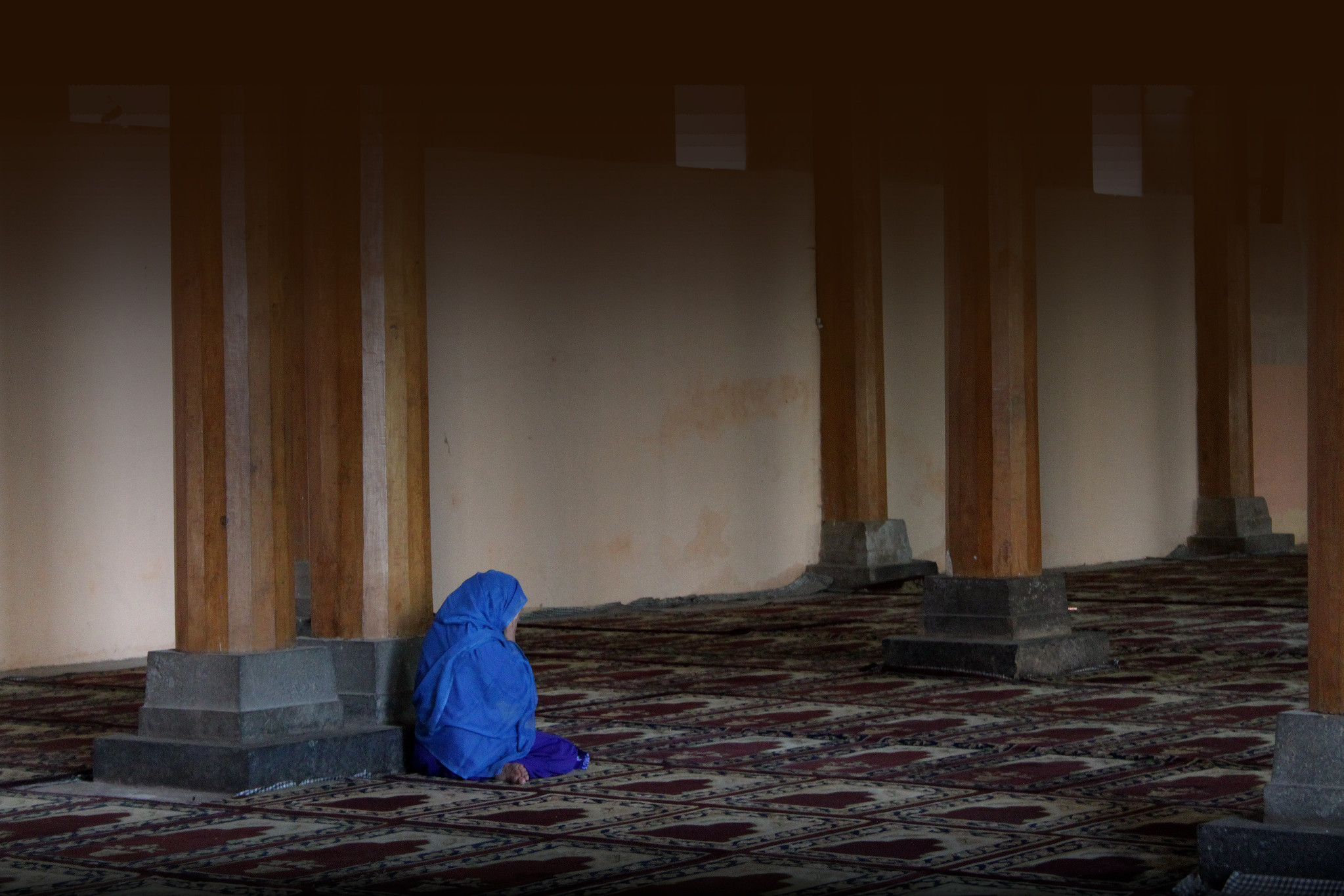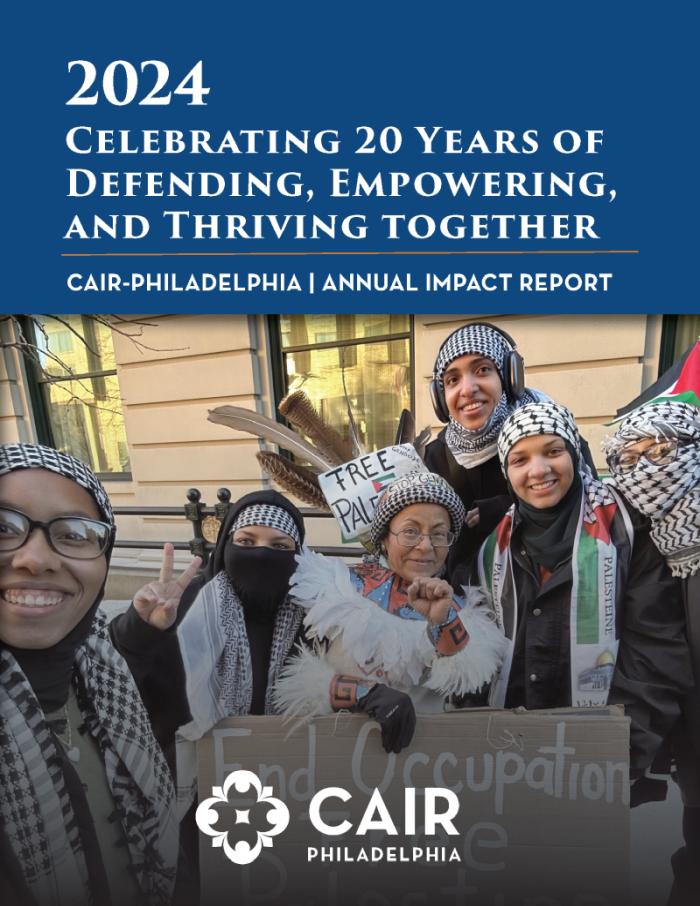Statistics show1 that only 18% of women attend mosques in America. With over 75% of mosques using dividers that make us invisible and only 13% of mosques allowing female participation on boards, it’s no wonder Muslim women feel like second-class citizens in their own communities.
These statistics were shared during CAIR-Philadelphia’s groundbreaking Muslim Women in Sacred Spaces Symposium on February 6, 2015 at Villanova University.
Fast forward to 2020, and sadly, not much has changed.
Academics and community researchers have examined several factors to explain the impact of the absence of women from mosques. One finding explores the effects on youth and how children are less likely to attend mosques when their mothers don’t feel comfortable or welcomed. This includes divorced and widowed women – another largely ignored demographic in the Muslim community – who don’t feel they belong in spaces without a male chaperone or guardian.
A woman’s absence in the mosque can have dire consequences on youth who are searching for a sense of community and belonging during their crucial adolescent years. Research shows that children who don’t regularly attend their mosque or Saturday/Sunday school, more often find other places to “hang out” – places that are usually unsupervised. (i.e. not always halal.)
It’s time to change the status quo of women in mosques. We have more to offer than just catering services and childcare for special events.
As a single mother myself, I was reluctant to attend Friday prayers once my son had reached puberty, because he could no longer sit with me. The mosque in my community is completely segregated. The women’s and men’s sections are two completely different rooms with full length wall dividers. I didn’t know any of the men who attended the mosque when I first moved to York, and my young, timid and anxiety-prone son didn’t feel comfortable sitting with strangers, especially when he couldn’t see me at all.
The dividers alienate mothers from their young children without any concern for their emotional or physical well-being. I recall a time during Ramadan when I had to send my then 8-year-old son to the men’s side for maghrib salat. At the end of the prayer, he came over crying because a child had been hitting him and bullying him, and none of the men were paying attention or bothered to intervene on his behalf. That was the last time I took my son to the mosque without a male family member or friend to watch over him.
Another challenge that I’ve found living in a small town with a small Muslim population is the lack of opportunities or events for women to feel more connected to their community. Mosques in America, especially in larger cities, are generally multi-purpose spaces that serve as community centers, wedding venues, schoolhouses, banquet halls, recreation centers and much more.
But what’s forgotten at times, is that the main purpose of a mosque is to serve the spiritual well-being of each member of the community: men, women and children. Unfortunately, this doesn’t seem to be the case in many places of worship I’ve visited.
The main issues addressed by the guest speakers at the above-mentioned Muslim Women in Sacred Spaces Symposium included: Why women were made to feel like an afterthought in the design and planning process of the mosque; how the concept of fitnah (temptation, trial) is often cited as a primary reason for women’s marginalization or exclusion from mosques; and how certain ahadith are misunderstood in relation to women attending mosques.
Throughout the morning, panelists cited Qur’anic text and hadith to clear up misinterpretations of the sayings and practices of the Prophet, peace be upon him.
After listening to the speakers, attendees broke into small groups to discuss their plans and goals for an ideal mosque. My group created an open space for both men and women to pray, with a removable three-foot barrier (for those who practice purdah/veiling) which offered a clear sight line for women to see the Imam or khateeb during the sermons. We also included a supervised room where small children could play while parents prayed, a large recreational space for adolescents and an open space for families to sit together to enjoy community events throughout the year.
We all agreed on one thing: It’s time to change the status quo of women in mosques. We have more to offer than just catering services and childcare for special events. Creating sacred spaces for women is imperative to the health and safety of our families, especially if we want our mosques to serve as places of spiritual growth for the entire ummah. Mosques should serve as a welcoming safe space for EVERY member of the community.
We would be wise to heed the words of the Prophet Muhammed, peace be upon him, who said, “Do not prevent the female servants of Allah from the masjids of Allah.” (Muslim)
As always, we welcome your comments on Facebook!
1 Report from the Mosque Study Project (MSP) conducted by CAIR, ISNA, Ministry of WD Muhammad & ICNA.
Rabiya Khan was a former member of the CAIR-Philadelphia Executive Committee.
Disclaimer: Views and opinions expressed in this blog belong solely to the author and do not represent the positions of institutions, organizations, or individuals that the author may be associated with in a professional or personal capacity, unless explicitly stated.
Photo: Woman praying inside Jamia Masjid, India by flowcomm on Flickr





